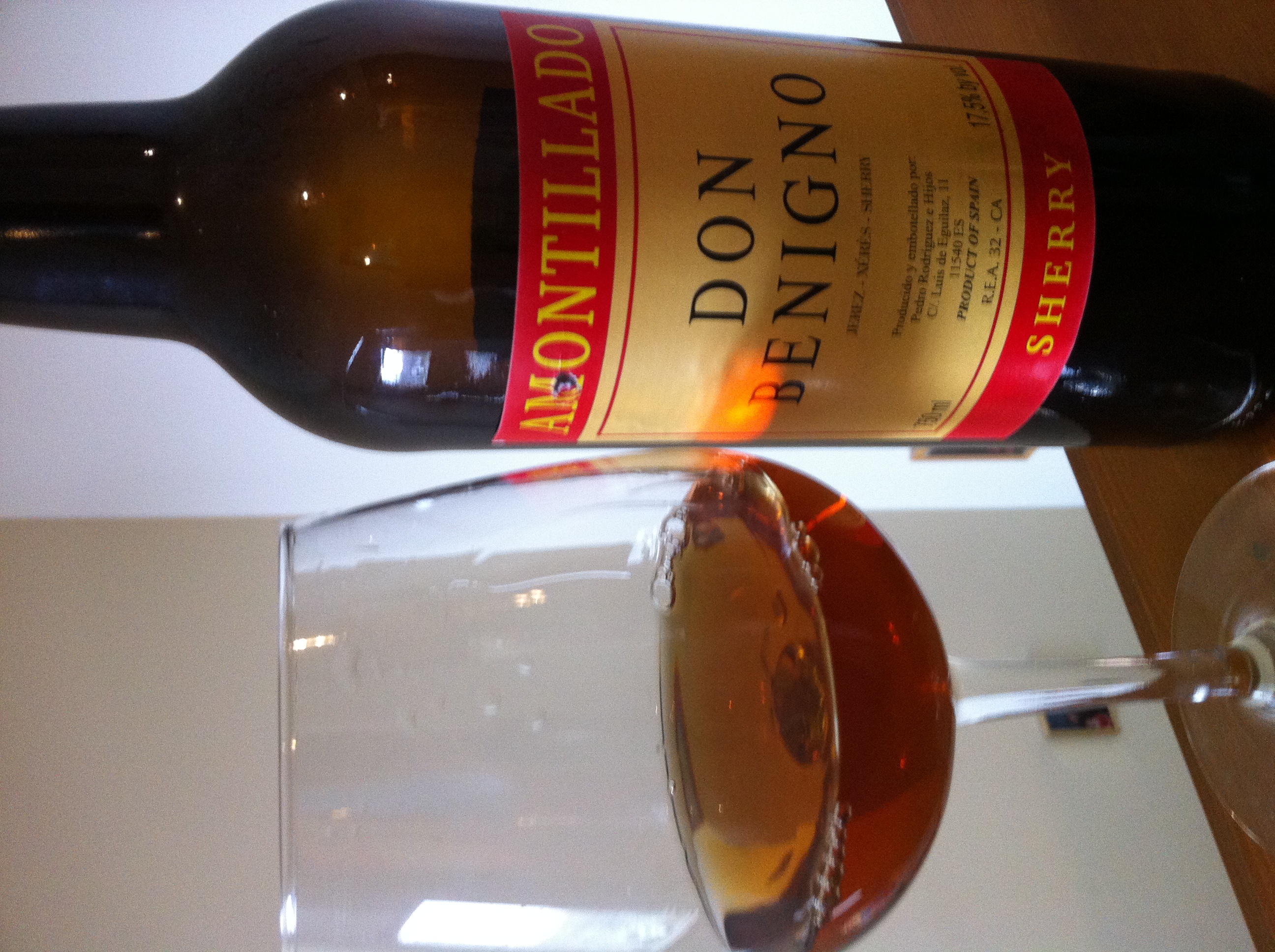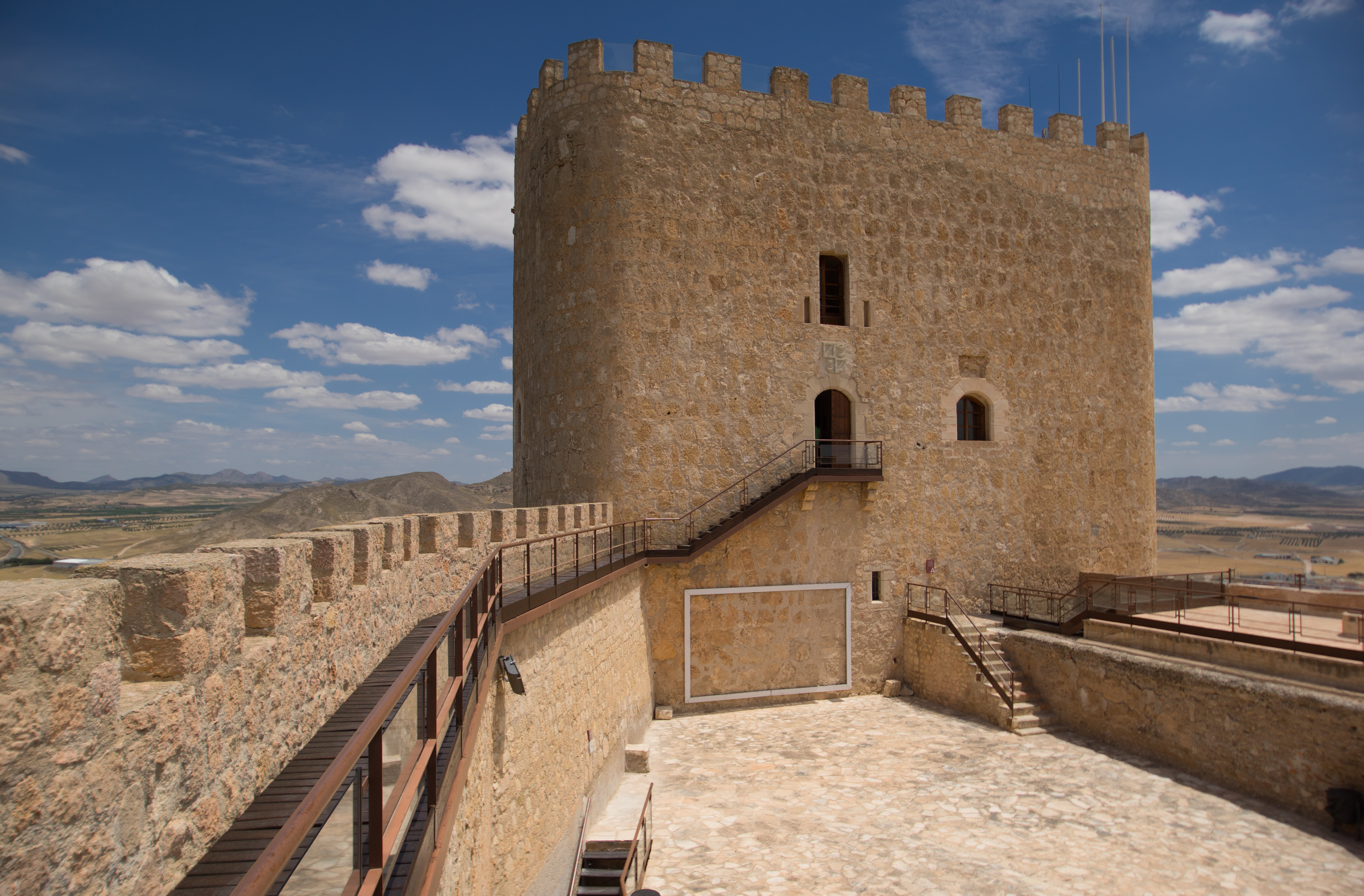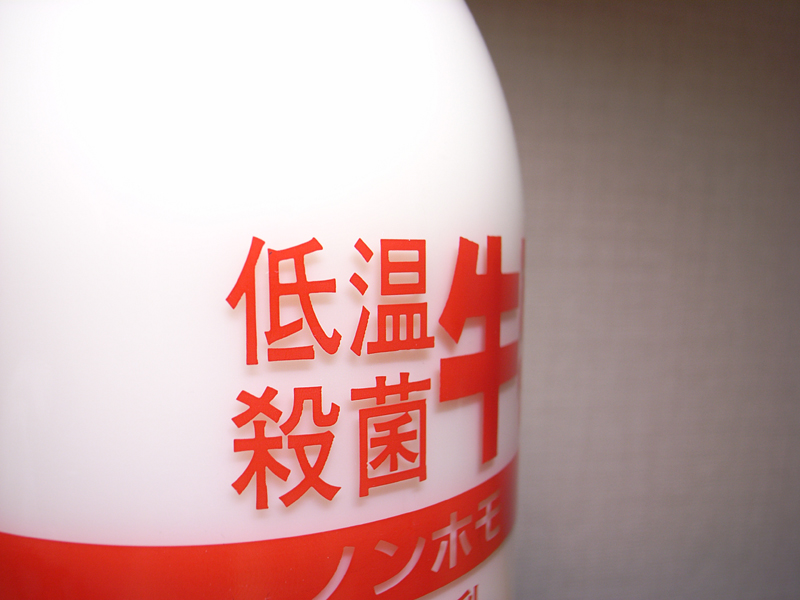|
Alpujarra Cheese
Alpujarras cheese is a Spanish cheese from the eastern region of Andalusia, which includes the provinces of Granada, Almería and the Penibética mountain chain. The cheese takes its name from La Alpujarra (or Las Alpujarras), a mountainous region which occupies a part of southern Granada province and western Almeria province. This area has a long history and tradition of goatherding. Alpujarras cheese is made from the milk of the White Andalusian domesticated goat. The cheese is made as a fresh or matured variety and is classified as fatty to extra fatty. The presentation of the mature cheese is in the form of cylinders, rather wider than they are high. The rind faces are usually marked with patterns of flowers and the sides with lines, which are intended to simulate the imprint of rushes, including the authorising mark of the protected designation of origin P.D.O. The cheese is sold in pieces of between . if fresh, and up to if cured. Manufacturing process Made from fresh ... [...More Info...] [...Related Items...] OR: [Wikipedia] [Google] [Baidu] |
Andalusia
Andalusia ( , ; , ) is the southernmost autonomous communities of Spain, autonomous community in Peninsular Spain, located in the south of the Iberian Peninsula, in southwestern Europe. It is the most populous and the second-largest autonomous community in the country. It is officially recognized as a nationalities and regions of Spain, historical nationality and a national reality. The territory is divided into eight provinces of Spain, provinces: Province of Almería, Almería, Province of Cádiz, Cádiz, Province of Córdoba (Spain), Córdoba, Province of Granada, Granada, Province of Huelva, Huelva, Province of Jaén (Spain), Jaén, Province of Málaga, Málaga, and Province of Seville, Seville. Its capital city is Seville, while the seat of High Court of Justice of Andalusia, its High Court of Justice is the city of Granada. Andalusia is immediately south of the autonomous communities of Extremadura and Castilla-La Mancha; west of the autonomous community of Region of Mur ... [...More Info...] [...Related Items...] OR: [Wikipedia] [Google] [Baidu] |
Whey
Whey is the liquid remaining after milk has been curdled and strained. It is a byproduct of the manufacturing of cheese or casein and has several commercial uses. Sweet whey is a byproduct resulting from the manufacture of rennet types of hard cheese, like cheddar or Swiss cheese. Acid whey (also known as sour whey) is a byproduct brought out during the making of acid types of dairy products, such as strained yogurt. Whey proteins consist of β-lactoglobulin (48%–58%), α-lactalbumin (13%–19%), Glycomacropeptide (12%–20%), bovine serum albumin, heavy and light chain immunoglobulins and several minor whey proteins. Composition Sweet whey and acid whey are similar in gross nutritional analysis. By mass both contain 93% water, about 0.8% protein, and about 5.1% carbohydrates. Sweet whey contains about 0.4% fat while sour whey contains about 0.1% fat. The carbohydrates are mainly lactose. The proteins are known as lactalbumin. Whey also contains some minerals."Whey." ... [...More Info...] [...Related Items...] OR: [Wikipedia] [Google] [Baidu] |
Fino
In computer science, FINO is a humorous scheduling algorithm. It is an acronym for ''first in, never out'' as opposed to traditional ''first in, first out'' (FIFO) and ''last in, first out'' (LIFO) algorithms. A similar acronym is "FISH", for ''first in, still here''. FINO works by withholding all scheduled tasks permanently. No matter how many tasks are scheduled at any time, no task ever actually takes place. A stateful FINO queue can be used to implement a memory leak. The first mention of FINO appears in the Signetics 25120 write-only memory joke datasheet. (alternate copy) See also * Bit bucket * Black hole (networking) In networking, a black hole refers to a place in the network where incoming or outgoing traffic is discarded (or "dropped" or sinkholed) without informing the source that the data did not reach its intended recipient. When examining the topolo ... * * Write-only memory References Scheduling algorithms Computer humour {{comp-sci-stub ... [...More Info...] [...Related Items...] OR: [Wikipedia] [Google] [Baidu] |
Amontillado
Amontillado () is a variety of sherry wine characterised by being darker than fino sherry, but lighter than oloroso sherry. Amontillado wine is named after the Montilla municipality, in Andalusia, Spain, where the style of sherry originated in the 18th century; commercially, the name "Amontillado" is used as a measure of colour to label any style of sherry that lay between the categories of ''fino'' and ''oloroso''. In American literature, Amontillado sherry features in the title of the short story "The Cask of Amontillado" (1846), by Edgar Allan Poe. An Amontillado sherry begins as a fino, fortified wine, fortified to approximately 15.5% ethanol, alcohol with a cap of flor yeast limiting its exposure to the air. A cask of fino is considered to be amontillado if the layer of flor fails to develop adequately, is intentionally killed by additional fortification, or is allowed to die off through non-replenishment. Without the layer of flor, amontillado must be fortified to approximat ... [...More Info...] [...Related Items...] OR: [Wikipedia] [Google] [Baidu] |
Cariñena (DO)
Cariñena may refer to : * Cariñena, Aragon, a village in the province of Zaragoza, in the autonomous community of Aragon, Spain ** CD Cariñena, a football club from the city * Cariñena (DO), a Spanish Denominación de Origen (DO) for wines located in Cariñena, Aragón * Cariñena (grape), a red Spanish/French wine grape variety See also * Campo de Cariñena, a comarca in Spain with Cariñena, Aragon as its capital {{disambiguation ... [...More Info...] [...Related Items...] OR: [Wikipedia] [Google] [Baidu] |
Jumilla
Jumilla () is a town and a municipality in southeastern Spain. It is located in the north east of the Region of Murcia, close to the towns of Cieza and Yecla. According to the 2018 census, the town population was 25,547. Geography The municipality, located in the north of the Region of Murcia, covers . It shares borders with the municipality of Yecla at its northeast and its east; with Abarán, Fortuna and Cieza at its south and with Abanilla at its east. It also adjoins the province of Albacete in the autonomous community Castilla–La Mancha at its west and the province of Alicante in the autonomous community Valencian Community. In this municipality there are several mountain landforms. There are three which are specially noteworthy in the territory and these are Sierra del Carche, Sierra del Buey and Sierra de la Pila. Other geographical elements that occupy the territory are three salt evaporation ponds. Regarding water landforms, there are not any basin with pe ... [...More Info...] [...Related Items...] OR: [Wikipedia] [Google] [Baidu] |
Mold (fungus)
A mold () or mould () is one of the structures that certain fungi can form. The dust-like, colored appearance of molds is due to the formation of spores containing fungal secondary metabolites. The spores are the dispersal units of the fungi. Not all fungi form molds. Some fungi form mushrooms; others grow as single cells and are called microfungi (for example yeasts). A large and taxonomically diverse number of fungal species form molds. The growth of hyphae results in discoloration and a fuzzy appearance, especially on food. The network of these tubular branching hyphae, called a mycelium, is considered a single organism. The hyphae are generally transparent, so the mycelium appears like very fine, fluffy white threads over the surface. Cross-walls (septa) may delimit connected compartments along the hyphae, each containing one or multiple, genetically identical nuclei. The dusty texture of many molds is caused by profuse production of asexual spores (conidia) form ... [...More Info...] [...Related Items...] OR: [Wikipedia] [Google] [Baidu] |
Cheddar Cheese
Cheddar cheese (or simply cheddar) is a natural cheese that is relatively hard, off-white (or orange if colourings such as annatto are added), and sometimes sharp-tasting. It originates from the English village of Cheddar, Somerset, Cheddar in Somerset, South West England. Cheddar is produced all over the world, and ''cheddar cheese'' has no Protected designation of origin, Protected Designation of Origin (PDO). In 2007, the name West Country Farmhouse Cheddar was registered in the European Union and (after Brexit) the United Kingdom, defined as cheddar produced from local milk within Somerset, Dorset, Devon and Cornwall and manufactured using traditional methods. Protected Geographical Indication (PGI) was registered for Orkney Scottish Island Cheddar in 2013 in the EU, which also applies under UK law. Globally, the style and quality of cheeses labelled as cheddar varies greatly, with some processed cheeses packaged as "cheddar". Cheeses similar to Red Leicester are sometimes ... [...More Info...] [...Related Items...] OR: [Wikipedia] [Google] [Baidu] |
Granada
Granada ( ; ) is the capital city of the province of Granada, in the autonomous communities of Spain, autonomous community of Andalusia, Spain. Granada is located at the foot of the Sierra Nevada (Spain), Sierra Nevada mountains, at the confluence of four rivers, the Darro (river), Darro, the Genil, the Monachil (river), Monachil and the Beiro. Ascribed to the Vega de Granada ''comarca'', the city sits at an average elevation of Above mean sea level, above sea level, yet is only one hour by car from the Mediterranean coast, the Costa Tropical. Nearby is the Sierra Nevada Ski Station, where the FIS Alpine World Ski Championships 1996 were held. In the 2021 national census, the population of the city of Granada proper was 227,383, and the population of the entire municipal area was estimated to be 231,775, ranking as the Ranked lists of Spanish municipalities, 20th-largest urban area of Spain. About 3.3% of the population did not hold Spanish citizenship, the largest number of these ... [...More Info...] [...Related Items...] OR: [Wikipedia] [Google] [Baidu] |
Rennet
Rennet () is a complex set of enzymes produced in the stomachs of ruminant mammals. Chymosin, its key component, is a protease, protease enzyme that curdling, curdles the casein in milk. In addition to chymosin, rennet contains other enzymes, such as pepsin and a lipase. Rennet has traditionally been used to separate milk into solid curds and liquid whey, used in the production of cheeses. Rennet from calves has become less common for this use, to the point that less than 5% of cheese in the United States is made using animal rennet today. Most cheese is now made using chymosin derived from bacterial sources. Molecular action of rennet enzymes One of the main actions of rennet is its protease chymosin cleaving the kappa casein chain. Casein is the main protein of Milk#Proteins, milk. Cleavage removes the slightly negatively charged glycomacropeptide (GMP) from the surface of the casein micelle. Because negative charges repel other negative charges, the GMP prevents casein micell ... [...More Info...] [...Related Items...] OR: [Wikipedia] [Google] [Baidu] |
Pasteurised
In food processing, pasteurization (American and British English spelling differences#-ise, -ize (-isation, -ization), also pasteurisation) is a process of food preservation in which packaged foods (e.g., milk and fruit juices) are treated with mild heat, usually to less than , to eliminate pathogens and extend shelf life. Pasteurization either destroys or deactivates microorganisms and enzymes that contribute to food spoilage or the risk of disease, including vegetative bacteria, but most Endospore, bacterial spores survive the process. Pasteurization is named after the French microbiologist Louis Pasteur, whose research in the 1860s demonstrated that thermal processing would deactivate unwanted microorganisms in wine. Spoilage enzymes are also inactivated during pasteurization. Today, pasteurization is used widely in the dairy industry and other food processing industries for food preservation and food safety. By the year 1999, most liquid products were heat treated in a co ... [...More Info...] [...Related Items...] OR: [Wikipedia] [Google] [Baidu] |






